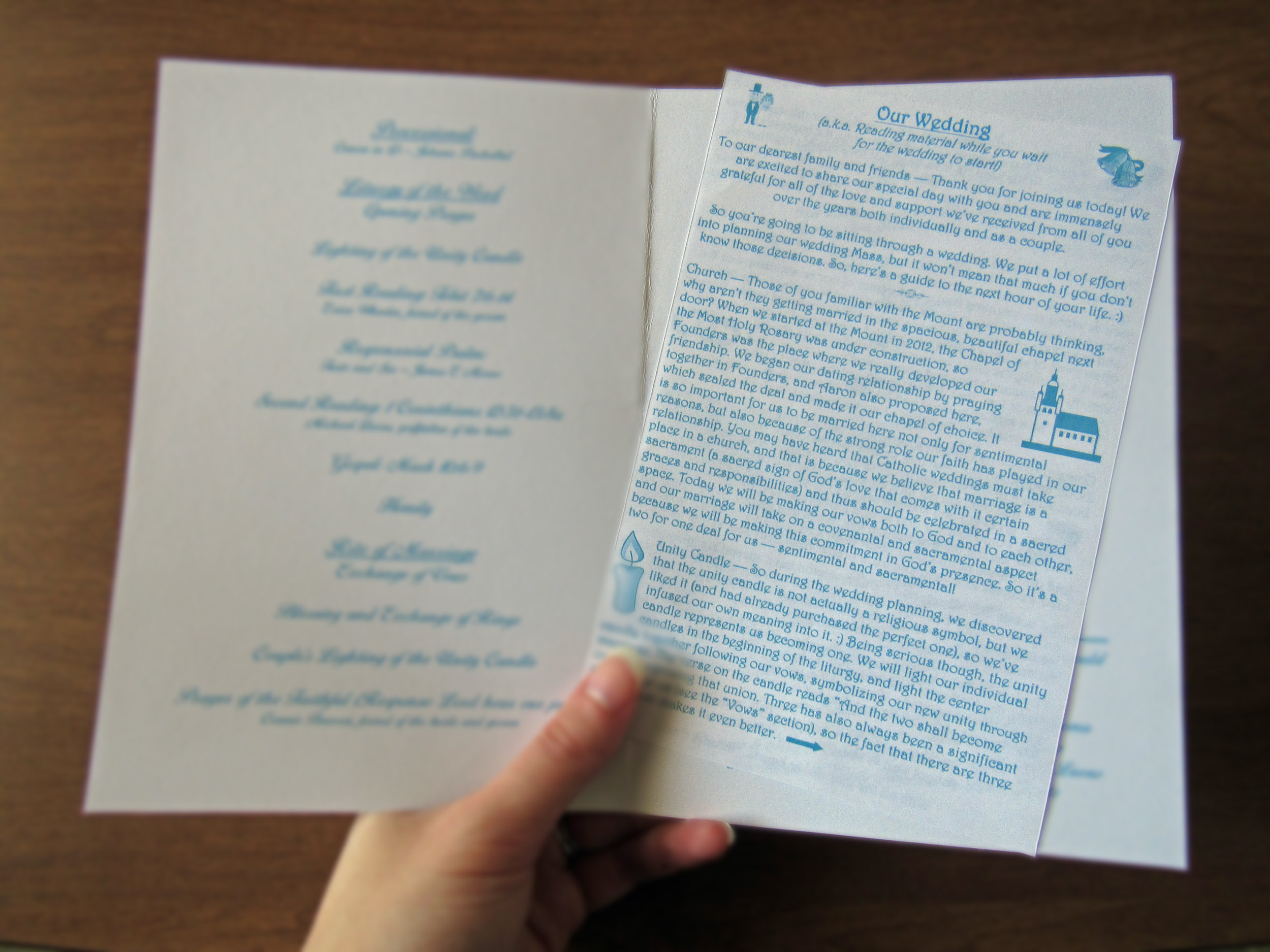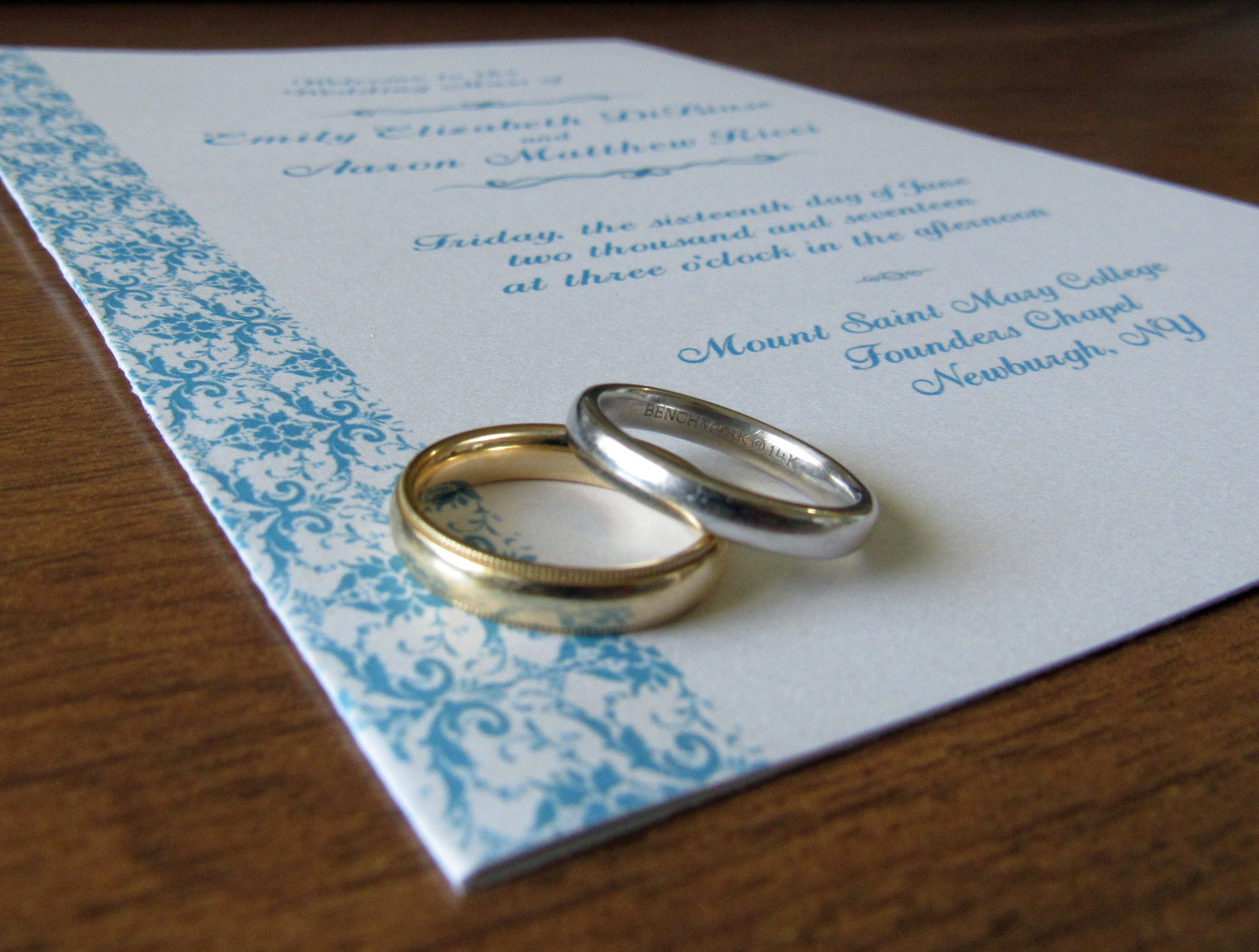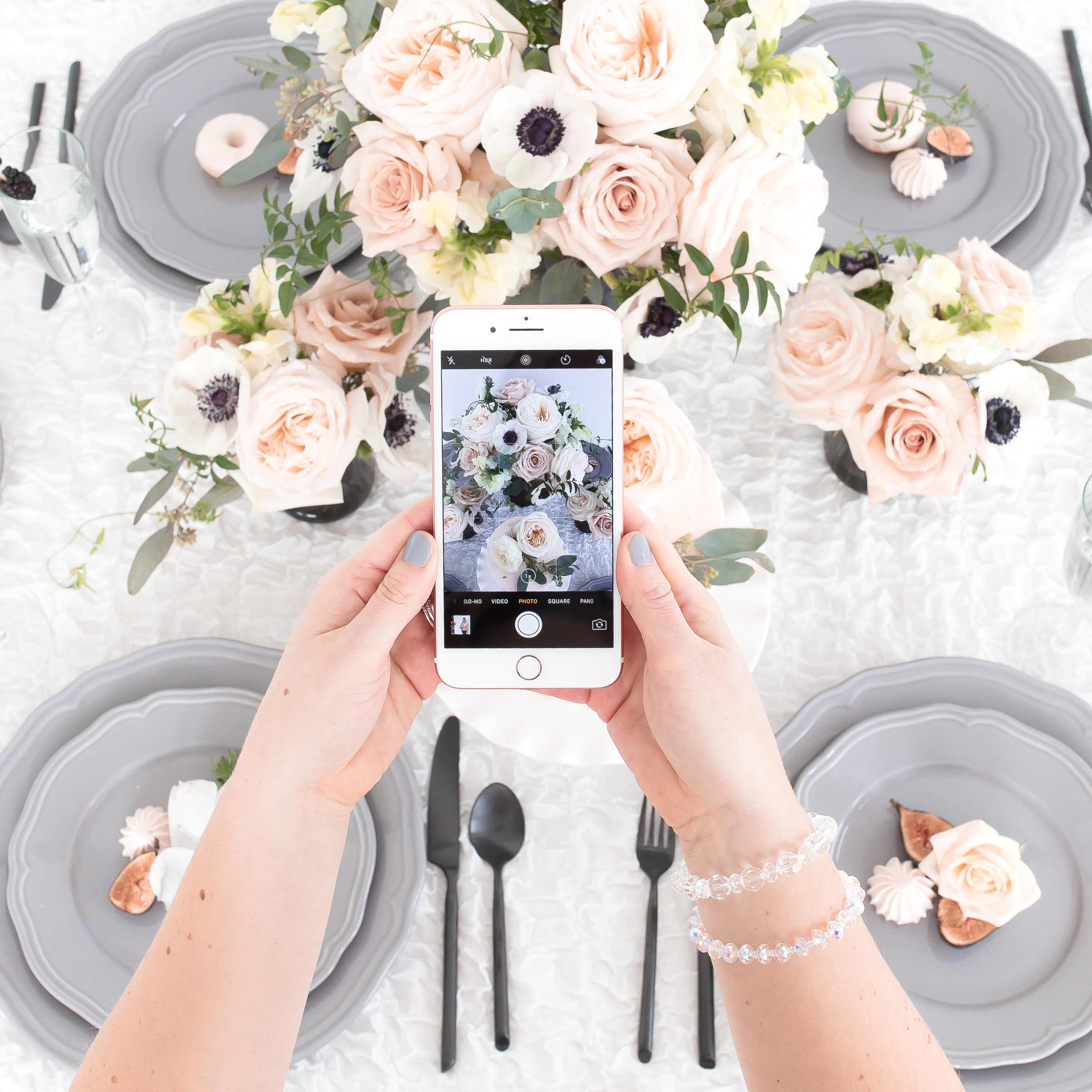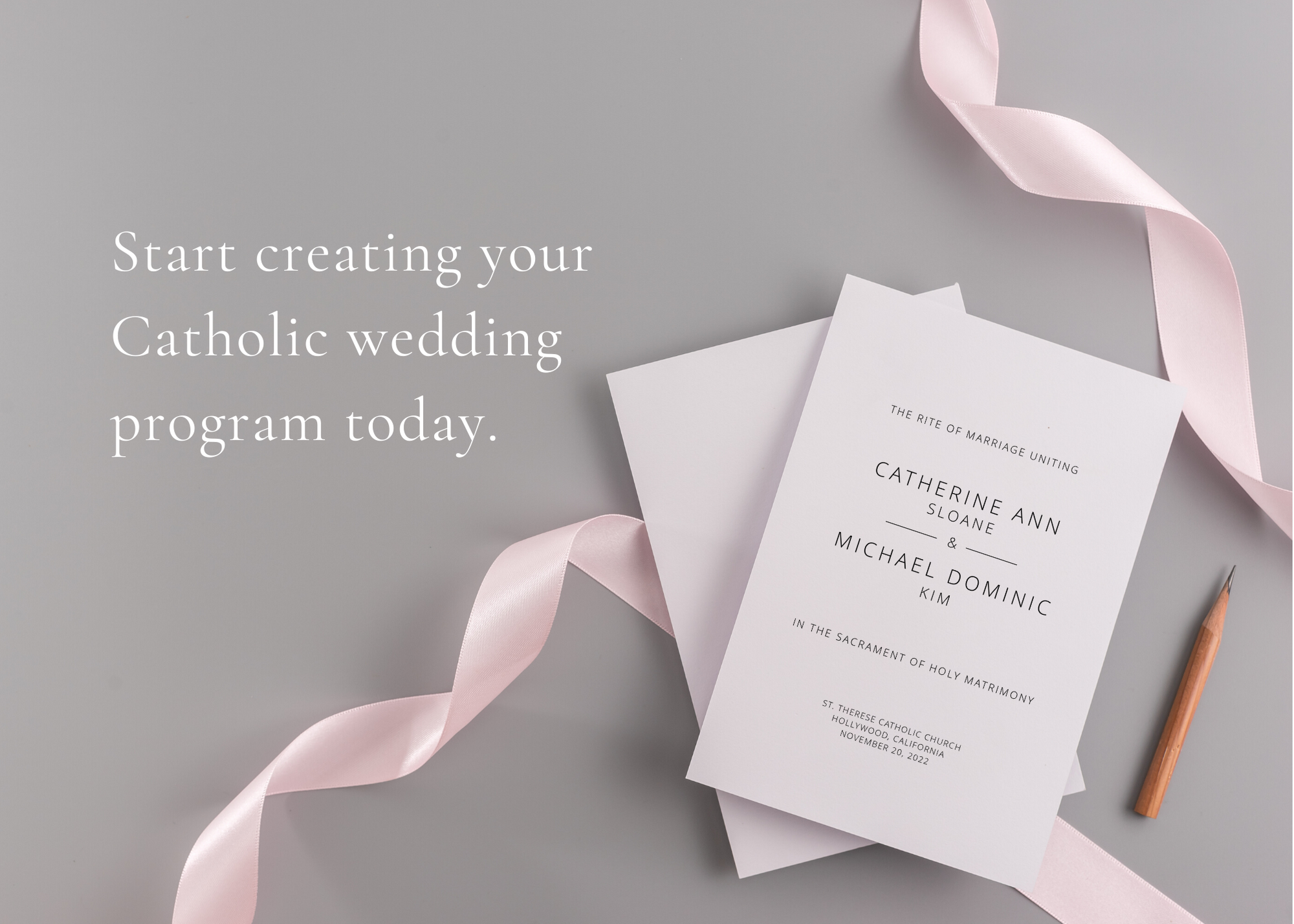How to Include an Outside Musician in your Wedding Mass
/SOPHIE GRAF
Using the music director and cantor provided by your ceremony location is important to the flow of the Mass, but did you know it’s also possible to include outside musicians in your wedding ceremony?
PHOTOGRAPHY: HORN PHOTOGRAPHY AND DESIGN AS SEEN IN KATIE AND TED’S CLASSIC SOUTHERN SUMMER WEDDING
Here are six tips on how to do so.
Keep an open line of communication between yourself, the church music director, and the outside musician(s).
This is key, especially if the outside musician hasn’t worked with your music director before, isn’t Catholic, or doesn’t have extensive experience playing for wedding ceremonies in the context of the Mass.
If possible, find a Catholic musician.
A practicing Catholic will know the structure of the Mass, what music is appropriate when, and exactly when to start playing. They will also be able to participate fully in the Mass by saying the responses, singing with the congregation when they’re not playing, and knowing when to sit, stand, and kneel. Plus, they will probably pray for you and your marriage!
Your music director likely has a list of musicians he or she recommends, but don’t be afraid to look for one on your own, especially if you’d like to include an instrument that’s not on the director’s list. Include search terms like “(Catholic) wedding [instrument] in [city]” and similar in your research.
Look for a musician with a music list specifically for Catholic weddings…
...Or make sure all selections are approved by your church music director. Musicians who regularly play for secular ceremonies will have a wide range of music available, yet since most pop music is not appropriate for the Mass, it’s helpful to find a musician familiar with Catholic selections. Never fear though--you can always include pop music during the reception!
Related: 3 Tips for Choosing Your Mass Music
Consider how you’d like the outside musician to work with the church musicians.
Do you want your outside musician to play along with the church music director/cantor, or would it make more sense to split up the playing between the church musicians and the outside musician?
Single-line melody instruments such as the flute, violin, or trumpet sound better with other instruments supporting them, whereas multi-note instruments such as the harp, or a group of musicians such as a string trio or quartet often sound better alone.
Quieter instruments such as the harp can often be covered up by the piano or organ and so might benefit from playing solo, whereas the trumpet is loud enough that it will still be heard above an organ with all of its stops open!
Your outside musician will advise you on the best strategy to take advantage of her instrument’s particular sound. Keep in mind that if your outside musician is playing with church musicians they haven’t worked with before, she might need a rehearsal that will require an extra fee.However, outside musicians are likely able to play well-known religious selections, such as the Ave Maria, with only a brief rehearsal before the Mass.
Do you want your outside musician to play throughout the whole Mass?
You may only want music during moments of transitions in the mass, like the prelude, the processional, the presentation of the gifts, and the recessional. Or you may want to incorporate music throughout the mass like the Psalm, the Alleluia, and the mass parts during the Eucharistic prayer. Understanding what your vision for your wedding mass is important when choosing a musician.
Again, this is something that the outside musician can advise you on. Some musicians, especially those who play regularly at Sunday Mass, are comfortable playing a complete Mass, whereas others (especially those who would have to write or arrange Mass parts for their instrument) are less familiar.
A full Mass includes 2-3 times the amount of music usually used in a secular ceremony, so be prepared for a higher quote than a secular ceremony. Some musicians charge slightly different amounts depending on how much music they actually play, so make sure to ask about that if your budget is tight.
Don’t forget about the business-y details.
An outside musician will likely have his own contract and will probably be paid directly by you, not by the church. Make sure you understand the contract and process, as it may be different than the church’s.
Bonus tip: If you’re thinking about including friends or family members as ceremony musicians, carefully consider their qualifications. Some very well might be qualified – but some professional musicians have a policy of only working with musicians who have a degree in music or experience in music ministry to avoid any difficult situations.
And above all, don’t plan on singing at your own wedding! There will likely be too many emotions for you to give a performance you are proud of. Choosing musicians you trust can relieve a lot of the stress surrounding wedding music planning--you’ll be thankful for their professionalism when the big day arrives.
So please, don’t be afraid to hire an outside musician. You and your guests will enjoy a little something special and we Catholic musicians will love being part of a wedding that truly embodies God’s plan for marriage!





















































